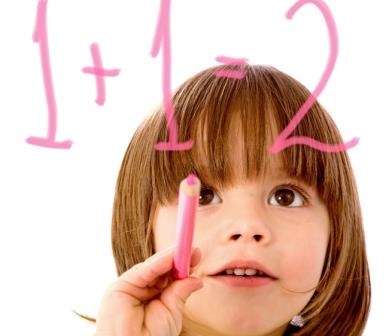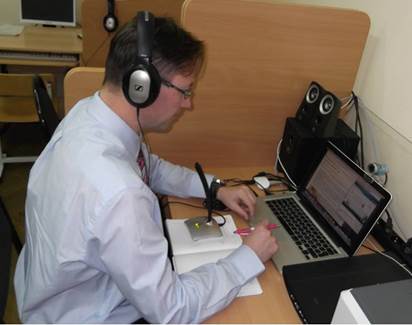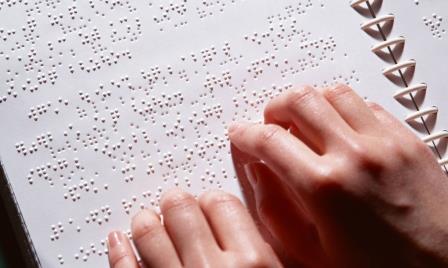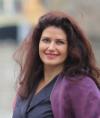Keywords:
art
art pedagogy
art pedagogical support
art teaching activity
lifelong learning |
Abstract: the article is dedicated to the substantiation of art pedagogy potential as a current way of introducing lifelong education into humanities context. It aims to outline the concept of art pedagogy – a new research area studying nature, regularities, principles, and tools of using art to address the diverse educational issues. The author specifies the subject field of art pedagogy, which is different from vocational profession-oriented art education, aesthetic education, and art therapy. The article briefly explains the relevance of turning to the art and art work at the present stage of society development and in the context of lifelong learning. It also describes the real-world examples provided by those whose job involves interpersonal interaction and who apply art pedagogy tools in their work.
A conceptual field of art pedagogy as a scientific knowledge area is specified in the article. The author defines main concepts such as “art teaching activity”, “interaction in art pedagogy”, “art educational process”, “art pedagogical support”, “the principles of art pedagogy”, “art pedagogical class”, “art pedagogical case”. The analysis of the nature of art, its effects on people, historical and modern pedagogical practice allows to identify and elaborate the main target areas of art pedagogy: a) to create the conditions for a different, conceptually new perception, representation, and understanding of the education content; b) to optimize the conditions of pedagogical interaction; c) to run an implicit diagnostics. The author identifies and substantiates the following principles of art pedagogical support of lifelong learning: integration of pedagogical and art prospects in the educational process; artistic and imaginative presentation of the education content; spontaneity of self-expression through art; creative co-being of the participants of the educational process; the unity of conscious and unconscious, rational and irrational in the art pedagogy interaction; freedom of artwork interpretation; harmony between actions of a teacher and art pedagogy discourse.
|
References
1. Borev, YU. B. E'stetika / YU. B. Borev. – Rostov n/D. : Feniks, 2004. – 704 pp.
2. Dreznina, M. G. Dukhovnoe zdorov'e rebenka i sovmestnaya tvorcheskaya deyatel'nost' sem'i / M. G. Dreznina // Nachal'naya shkola plyus do i posle. – 2005. – № 7. – P. 15-18.
3. Leont'ev, A. N. Nekotorye problemy psikhologii iskusstva / A. N. Leont'ev // Izbrannye psikhologicheskie proizvedeniya: v 2 t. – T. 2. – M. : Pedagogika, 1983. – P. 232-239.
4. Maslou, A. Novye rubezhi chelovecheskoy prirody. – M. : Smysl: Al'pina non-fikshn, 20011. – 496 pp.
5. Muzey i shkola: dialog v obrazovatel'nom prostranstve. Vyp. 2. Obraz i mysl': sb. statey / nauch. red. L. M. Vanyushkina. – SPb. : TSentr regional'nykh i mezhdunarodnykh obrazovatel'nykh proektov Sankt-Peterburgskogo gos. un-ta pedagogicheskogo masterstva, 1997. – 142 pp.
6. Sergeeva, N.YU. Osnovy art-pedagogicheskoy deyatel'nosti / N.YU. Sergeeva. – CHeboksary: CHuvash. gos. ped. un-t, 2009.
7. Feyginov, S. R. Pedagogicheskaya dramatizatsiya obrazovatel'nogo prostranstva lichnosti i individual'nosti podrostka : monografiya. – YAroslavl' : Izd-vo YAGPU, 2006. – 338 pp.
8. URL: http://www.artined.eu/home.html (Accessed: 28 May 2014)












